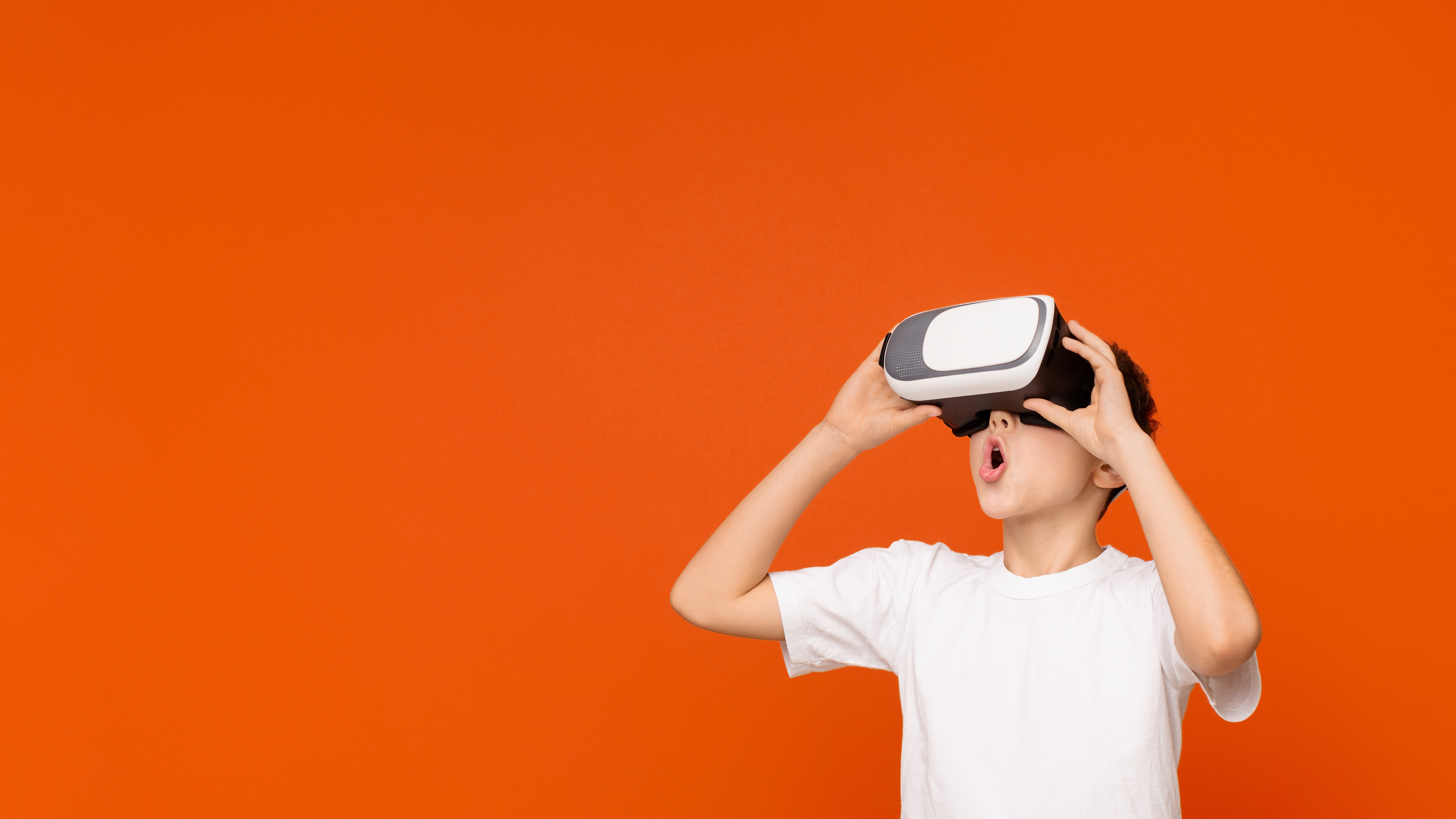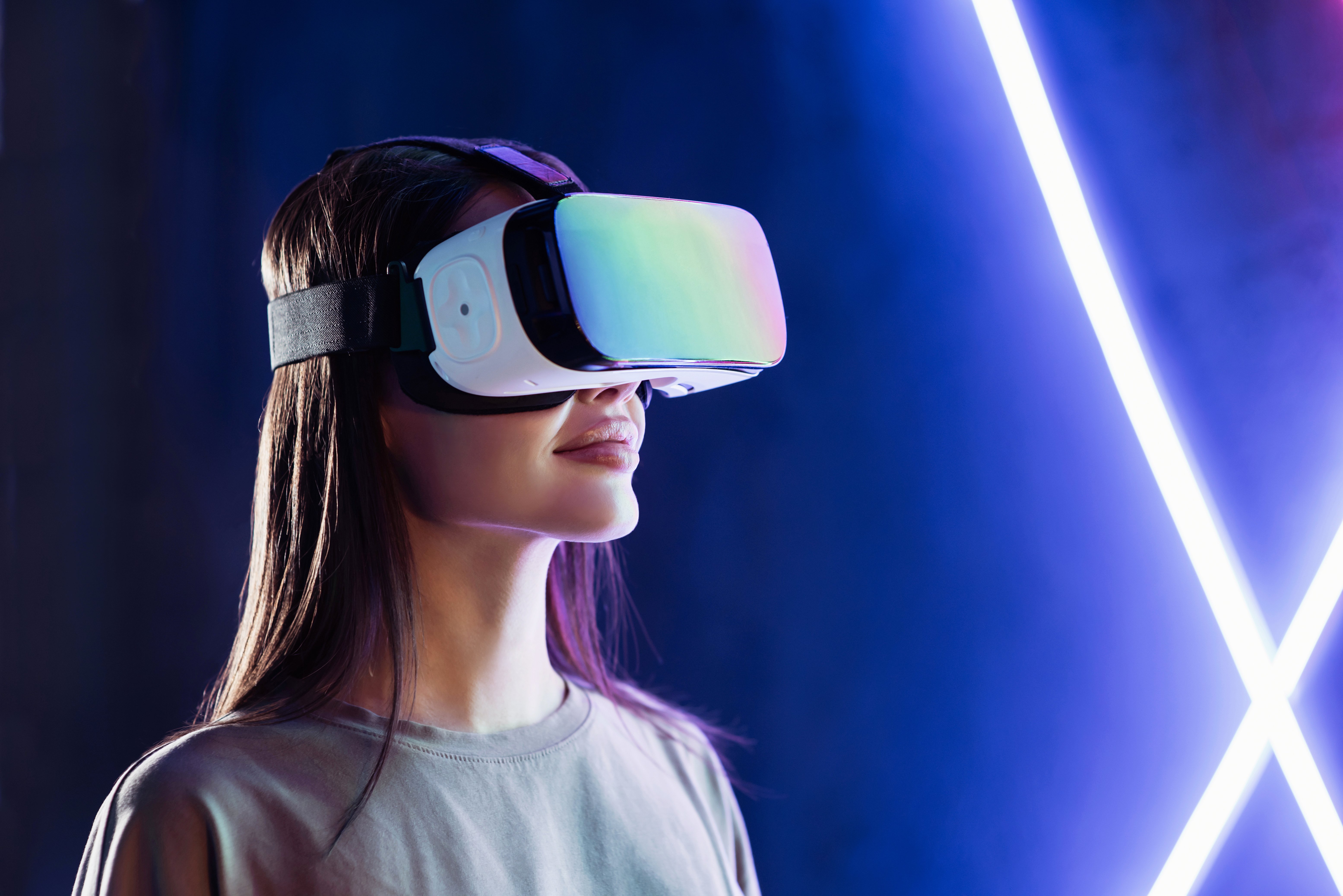The impact of virtual reality on engagement in learning
As we know, virtual reality has the potential to considerably improve engagement in learning. It offers a more immersive and interactive educational experience. By simulating realistic scenarios and environments, students become actors in their own learning and acquire a deeper understanding of the subjects studied.
This new level of engagement can lead to increased motivation, better retention of information and improved critical thinking skills.
By its very nature, virtual reality makes it possible to offer personalised learning experiences. Students can navigate the content at their own pace and explore different paths according to their individual interests and learning styles.
This personalisation fosters a sense of ownership of the learning process and further encourages students to play an active role in their education.

Virtual reality as an immersive learning tool
Virtual reality offers a unique learning experience, allowing students to fully experience and interact with concepts that would otherwise be difficult or impossible to reproduce in a traditional classroom.
For example, students studying history can be transported back in time to witness historical events first-hand, while those studying science can explore complex scientific phenomena in a virtual laboratory. There are as many possible uses as there are subjects to study - the possibilities are endless.
This immersion and the experience it provides not only enhances understanding and retention of information, but also cultivates creativity and problem-solving skills.
By appealing to multiple senses and encouraging active learning, virtual reality enables students to develop a deeper level of understanding and apply their knowledge in real-world contexts.
Bridging the gap: VR in special education
VR has the potential to bridge the gap in special education and provide inclusive and accessible learning experiences for students with diverse learning needs. In some cases, students with physical disabilities or sensory impairments can overcome barriers to participation and actively engage in these educational activities.
For example, virtual reality can simulate environments that allow students with reduced mobility to virtually explore and interact with inaccessible places.
It can also provide multi-sensory experiences to help students with sensory processing disorders. By creating a more inclusive learning environment, virtual reality enables students with special needs to access educational content and develop essential skills.
The Future of VR in Academic Assessment
Technology has the potential to revolutionise academic assessment by offering more authentic and comprehensive assessment methods.
Traditional assessments often rely on written exams or multiple choice questions, which may not fully reflect a student's understanding or skills. With immersive technologies, students can demonstrate their knowledge and skills through practical applications in realistic scenarios.
For example, in a virtual reality simulation, students can demonstrate their skills by tackling complex challenges or their communication skills by engaging in virtual role-play scenarios.
This form of assessment gives a more accurate representation of the student's abilities and enables targeted feedback and individualised learning plans.

Challenges and Considerations in Implementing VR in Schools
While virtual reality offers exciting possibilities for education, there are also challenges and considerations to take into account when implementing this technology in schools. One of the main challenges is the cost of acquiring and maintaining virtual reality equipment and software.
Schools will need to invest in the necessary hardware, such as virtual reality headsets and computers, and ensure that they have the technical infrastructure to support virtual reality experiences.
Another element to consider is the need for appropriate training and support for educators. Teachers will need to be trained on how to effectively integrate virtual reality into their lesson plans and how to use the technology to improve learning outcomes.
Overall, while there are challenges, the potential benefits of integrating virtual reality into education are considerable. By addressing these challenges and integrating virtual reality in a thoughtful and targeted way, schools can open up new possibilities for effective and engaging learning.


